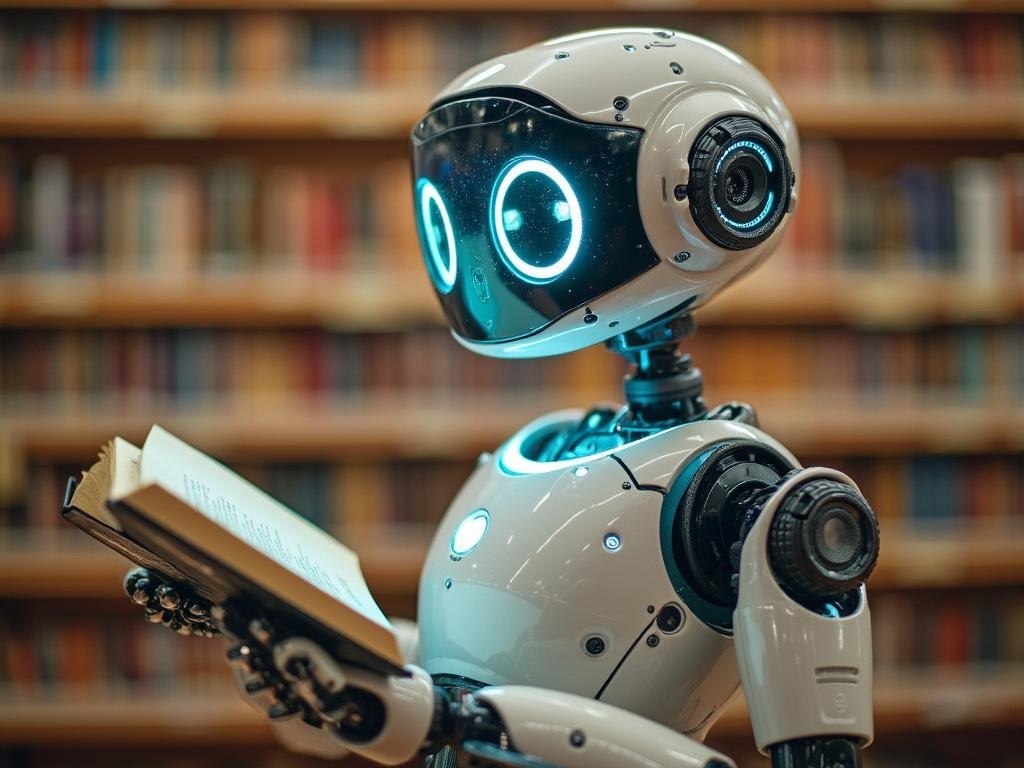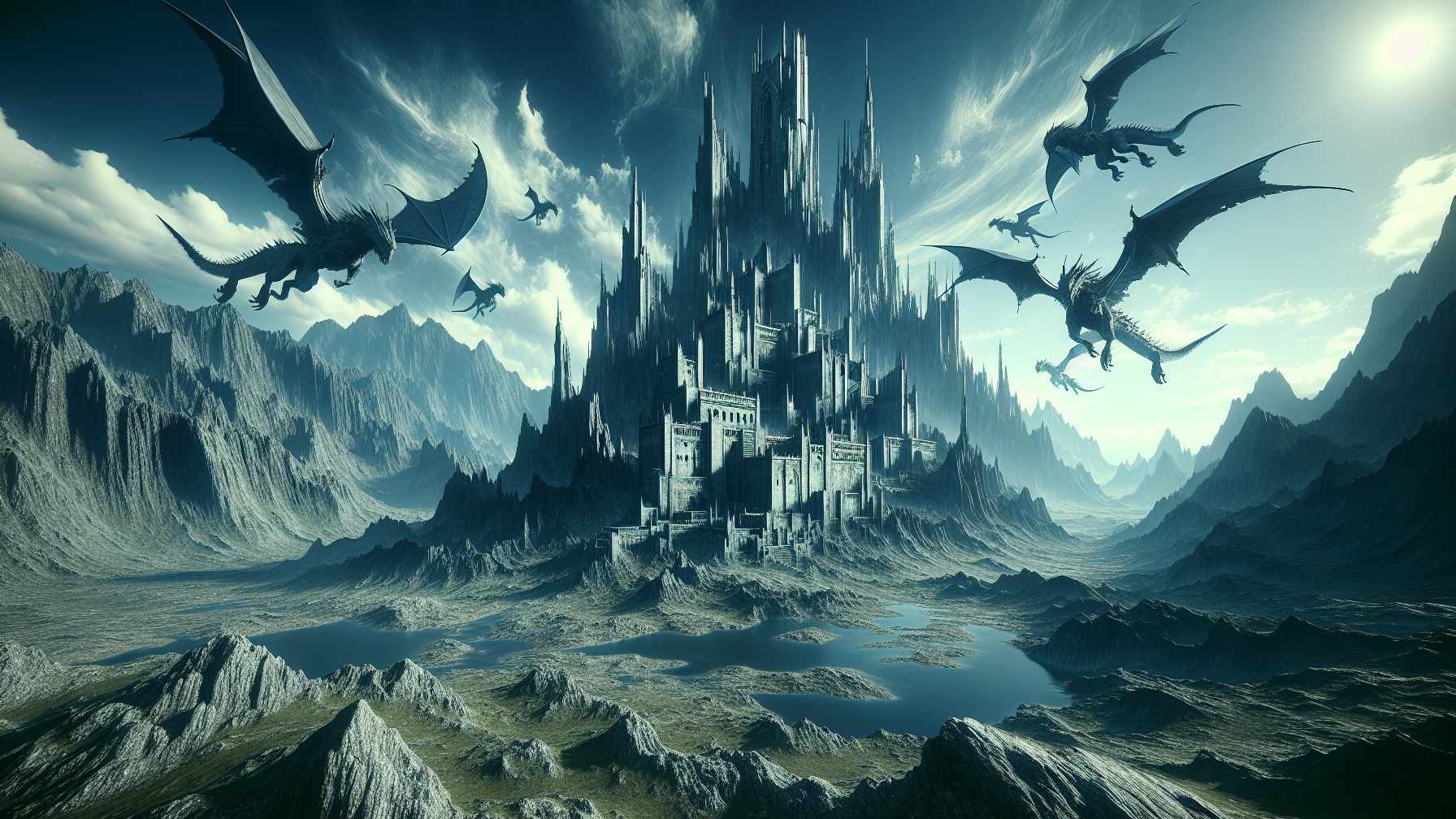In the digital age, poetry has found a surprising new collaborator in artificial intelligence, with poet AI tools transforming how writers approach their craft. These AI poetry generators can analyze vast linguistic databases to create structures and imagery that sometimes rival human-created verse, prompting both excitement and philosophical questions about the nature of creativity in the 21st century.
Key Takeaways
- Modern AI poem generators analyze billions of word tokens to identify patterns in human verse and create original compositions
- Poets increasingly use poetry AI as collaborative partners to overcome creative blocks and explore new stylistic directions
- Studies show readers often prefer AI-generated poems over human classics when authorship is concealed
- Questions about authorship and authenticity remain central to debates about AI’s role in creative expression
- The future promises increasingly sophisticated AI tools that may transform how poetry is taught, shared, and experienced
https://www.youtube.com/watch?v=4wD3KPQhqJE
The Rise of Silicon Sonneteers: Understanding AI Poetry Generation
The technical foundations of modern ai poet generator systems are far more sophisticated than many realize. These systems analyze over 100 billion word tokens sourced from diverse collections like Google News to identify patterns, cadences, and structures in human poetry. The sheer volume of this linguistic analysis allows AI to develop nuanced understandings of how different poetic forms function.
At their core, these systems employ an array of advanced technologies including natural language generation, transformer models, and sentiment analysis to craft verse. This technical arsenal enables the AI to understand not just the mechanical elements of poetry but also to simulate emotional resonance. I’ve found that the most impressive AI poetry systems can now recognize and replicate the distinctive characteristics of specific poets’ styles.
Form mastery represents a significant achievement for poetry AI development. Today’s systems can generate sonnets, haikus, and free verse by learning the distinctive patterns of rhyme, meter, and thematic progression that define each style. This capability extends beyond simple rule-following to include subtler aspects of poetic craft like assonance, consonance, and strategic line breaks.
Human Meets Machine: The New Collaborative Creative Process
A growing number of writers are forming creative partnerships with AI tools to enhance their poetic practice. Rather than viewing these systems as replacements, many poets use AI as a co-author to overcome creative blocks or generate unexpected starting points. This collaborative approach often yields surprising results that neither human nor machine would produce independently.
The fragmented, sometimes surreal phrases generated by AI systems have created intriguing connections to avant-garde traditions in poetry. Many writers note similarities between AI-generated text and Dadaist principles of disrupting conventional logic and embracing chance operations. This connection has helped some traditional poets become more comfortable with computational collaborators.
The art of prompt engineering has become essential for writers working with a poet ai generator. By crafting specific inputs like “moonlight melancholy” or “urban renewal hope,” poets can guide the AI’s direction while maintaining a degree of unpredictability. This process requires its own kind of creativity, as the most effective prompts often balance specificity with room for algorithmic interpretation.
Successful AI-human poetry often emerges through multiple revision cycles. Writers typically generate various outputs, select promising sections, refine prompts, and gradually shape the material into finished poems. This iterative development process blends algorithmic suggestions with human sensibility, creating a new form of poetic practice that challenges traditional notions of individual authorship.
The Blindfold Test: When Readers Prefer AI to Human Poetry
A landmark study involving 1,634 participants revealed surprising preferences when readers evaluated poetry without knowing its source. Participants consistently rated AI-generated poems higher than human classics when authorship was concealed. This finding challenges assumptions about our ability to distinguish “authentic” human creativity from computationally generated text.
The AI poems scored higher on 14 distinct characteristics including beauty, rhythm, and originality. Even more revealing was the attribution effect observed when identical poems were labeled differently. When readers were told a poem was AI-created, their ratings dropped significantly despite identical content, revealing powerful cognitive biases in how we evaluate art.
These results raise fascinating questions about what we truly value in poetry. If readers genuinely prefer certain qualities in the AI-generated work when judging blind tests, does this suggest that computational systems have captured something essential about what makes poetry emotionally effective? Or does it reflect limitations in how contemporary readers engage with traditional verse?
For poetry educators and critics, these findings present a perception challenge that may require rethinking how we teach poetic appreciation. The study suggests that our evaluations of poetry are significantly influenced by contextual factors and preconceptions rather than purely by the intrinsic qualities of the text itself.
Moral Verses: Ethical Questions in Computational Creativity
The rise of AI poetry has sparked intense debate about authorship dilemmas in computational creativity. Central to this conversation is the question of whether AI-generated poetry constitutes genuine art or merely sophisticated mimicry. Some argue that without conscious intent or lived experience, AI poetry lacks an essential dimension of meaning.
Questions about creative credit become particularly complex in collaborative human-AI work. If a poet uses an AI writing tool to generate initial phrases, then substantially edits the output, how should we attribute authorship? Some writers openly acknowledge AI collaboration, while others remain reluctant to do so, fearing diminished recognition.
Intellectual property concerns add another layer of complexity. As AI systems train on vast corpora of existing poetry, there’s a real risk of inadvertently reproducing distinctive phrases or imagery from copyrighted works. This creates potential legal complications that remain largely unresolved in current copyright frameworks.
At the philosophical level, AI poetry challenges traditional notions of poetic authenticity. If we value poetry partly as a form of human communication—one person’s attempt to convey experience to another—then what status should we assign to texts generated without human consciousness? This question extends beyond legal definitions to the core purpose of poetic expression.
Tomorrow’s Stanzas: The Future of AI in Poetry
Emerging systems point toward a future of highly personalized poetry experiences. Advanced AI poetry generators will likely adapt to individual reader preferences, creating works tailored to specific emotional responses, interests, or stylistic tastes. This development could transform poetry from a fixed text to a dynamic experience that shifts based on reader engagement.
The integration of AI poetry with other media formats presents exciting new possibilities. Multimedia poetry experiences combining AI-generated text with synchronized music and visual elements are already emerging. These hybrid forms may eventually create entirely new genres of artistic expression that transcend traditional definitions of poetry.
Educational applications represent one of the most promising areas for ai poetry generator tools. Interactive systems can now demonstrate specific poetic techniques, provide personalized feedback on student work, and generate examples that illustrate particular principles. These capabilities could revolutionize how poetry is taught and learned.
Perhaps most importantly, AI tools are lowering barriers to poetic expression for diverse populations. For individuals with different abilities, language challenges, or limited formal education, supportive AI systems can help bridge gaps between creative intention and technical execution. The question “can AI write poetry?” has evolved into “how can AI help more people write poetry?”
Bridging Tradition and Technology: Practical Implementations
Forward-thinking poetry instructors are incorporating AI tools as workshop assistants to demonstrate technical aspects of verse. These applications allow students to see immediate examples of poetic devices like meter, rhyme schemes, or metaphor patterns. By manipulating the prompt poet character AI systems to produce specific effects, students gain deeper understanding of craft elements.
Literary publications are developing new guidelines for submissions involving AI collaboration. Some journals now require disclosure of computational assistance, while others have created special sections dedicated to human-AI collaborative work. A few cutting-edge publications explicitly focus on exploring the creative possibilities of this intersection.
Poetry festivals and public readings increasingly feature collaborative performances where poets interact with AI systems in real time. These events often involve a human poet inputting prompts and refining AI outputs before a live audience, creating a uniquely transparent creative process that reveals both the capabilities and limitations of current systems.
Research opportunities abound at the intersection of poetry, technology, and human cognition. Cross-disciplinary studies examine how AI impacts creative processes and reader reception, while computational linguists analyze what successful AI poetry reveals about language patterns. These investigations may yield insights not just about artificial intelligence but about human creativity itself.
AI is revolutionizing poetry by serving as collaborative partners for writers. Modern AI poetry generators analyze massive linguistic databases to create verse that can rival human-created poetry. Surprisingly, studies show readers often prefer AI-generated poems in blind tests, though bias emerges when authorship is revealed. The rise of these tools raises important questions about authenticity, authorship, and the nature of creativity. Future developments point toward personalized poetry experiences, multimedia integration, and expanded educational applications that could make poetry more accessible to diverse populations.
| Key Points | Implications |
|---|---|
| AI poetry generators analyze billions of word tokens | Creates sophisticated verse with emotional resonance |
| Writers use AI as collaborative partners | Helps overcome creative blocks and explore new styles |
| Readers prefer AI poems in blind tests | Challenges assumptions about “authentic” human creativity |
| Debates continue about authorship and authenticity | Complicates traditional notions of creative expression |
| Future AI tools promise greater accessibility | May transform how poetry is taught, shared, and experienced |



